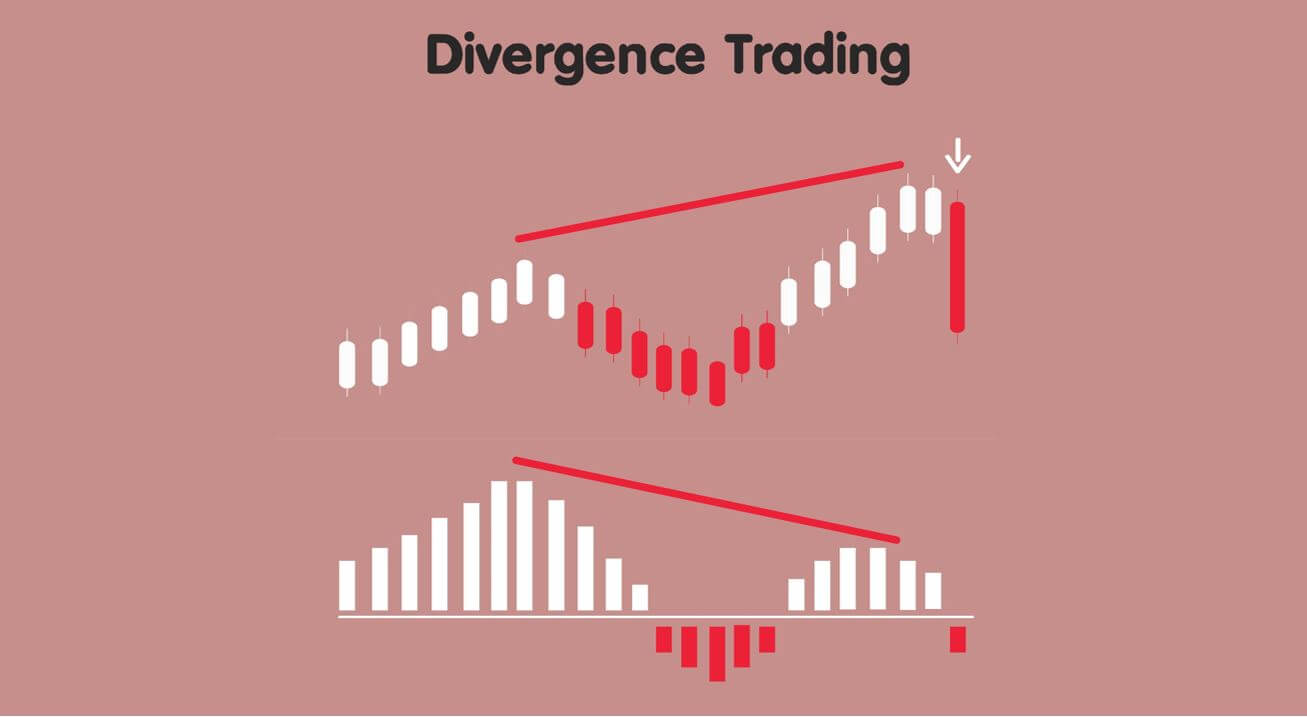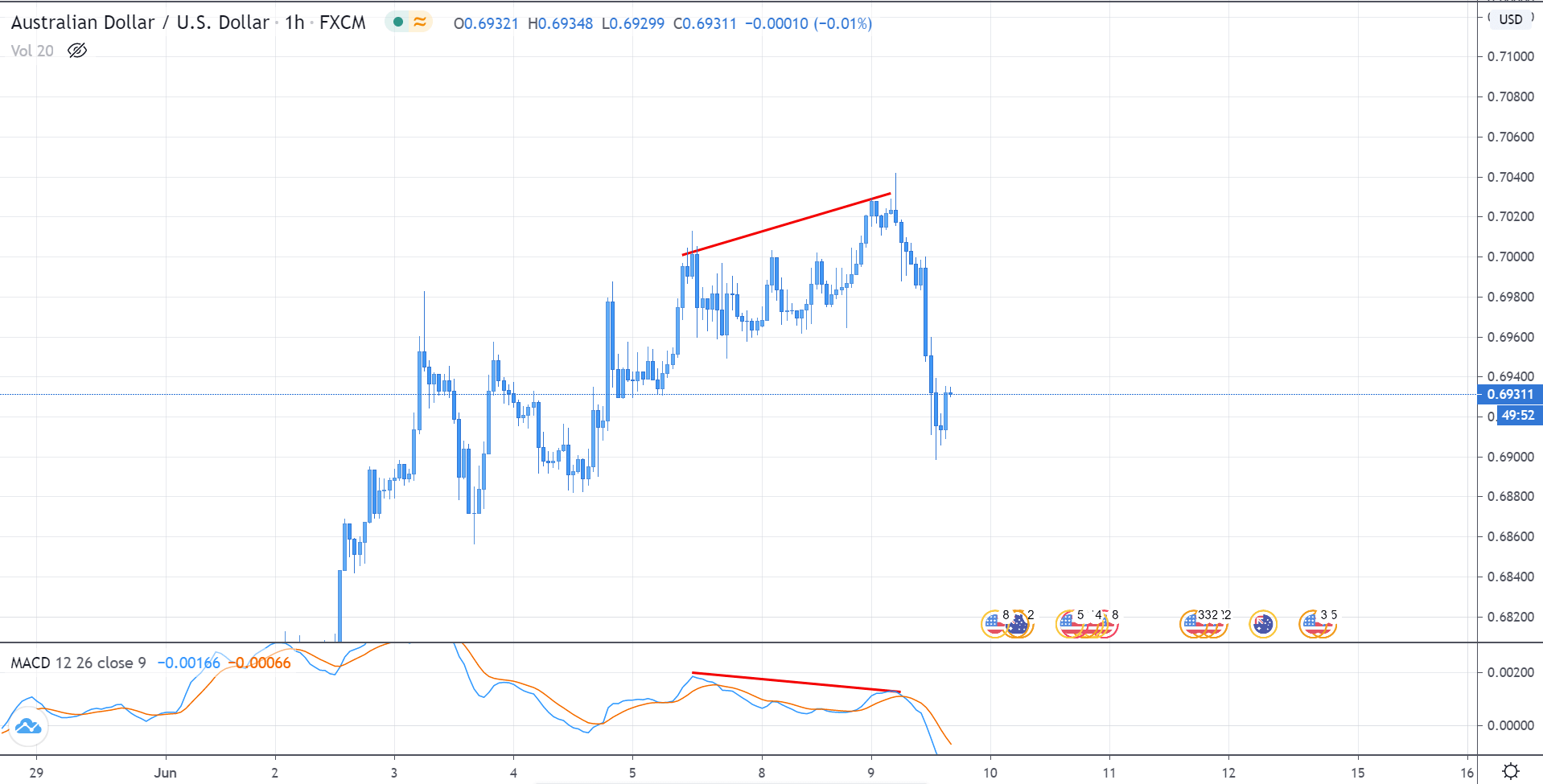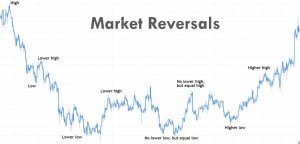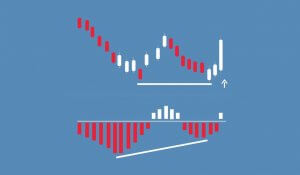Introduction
There are several types of technical traders in the forex industry. Some trade based on price action while some trade using indicators. Price action traders typically do not use any indicator, but the Divergence is an exception to it. Divergence is an indicator concept that can yield immense risk to reward if used correctly. It is a powerful tool that helps traders catch the absolute peak and trough of the market.
What is Divergence?
Generally, the meaning of Divergence is to move apart. And the meaning of trading is no different. In forex, Divergence is a scenario when the price charts do not agree with the movement of the indicator. In a sense, if the price moves in one direction, the indicator moves in the other direction.
Formation of Divergence
Divergence can be found by comparing the price action on the charts with an oscillator indicator. Typically, Divergence is formed in trending markets. That is, they occur in markets that move making higher highs and or lower lows.
Consider a market a market making higher highs and higher lows. The job of an oscillator indicator is to follow the price action. Thus, the indicator should also follow an upward trajectory. But, if the charts make higher highs and the indicator makes an equal or higher low, then we conclude that there is a divergence in the market.
Significance of Divergence
Divergence is used to signify that there is something not right in the market and the uptrend. In an uptrend, for instance, the market breaks above the recent resistance (high), makes a new high, retraces to the Support & Resistance level, and continues the same cycle. But when the market makes a higher high with Divergence, there is a high possibility that the market might not hold at the S&R level. The market could reverse or might drop slightly below the S&R and then continue the uptrend.
Indicators used to Identify Divergence
Divergences can be identified using oscillator indicators. An oscillator, going by the name, moves between two levels – overbought and oversold. Typically, a level above 70-80 is considered overbought, and a level below 20-30 indicates an oversold market.
Following are the most commonly used indicators to identify Divergence
- Relative Strength Index (RSI)
- Stochastic Indicator
- Moving Average Convergence Divergence (MACD)
Types of Divergence
Based on the direction of the market, there are two types of Divergence:
Regular Divergence
This is the most used type of Divergence and very easy to spot. They are found at the top or bottom of a trend and are used to give a reversal signal. Regular Divergence can again be split into two types: Bullish Divergence | Bearish Divergence.
Hidden Divergence
Hidden divergences are relatively trickier to spot. Converse to regular Divergence, hidden Divergence is used for a trend continuation indication. They are typically found in the middle of a trend. Hidden divergences, too, can be divided into two types: Hidden Bullish divergence | Hidden Bearish Divergence.
That’s about the introduction to divergences. In the next lesson, we shall elaborate on each of the divergence types. [wp_quiz id=”77516″]







